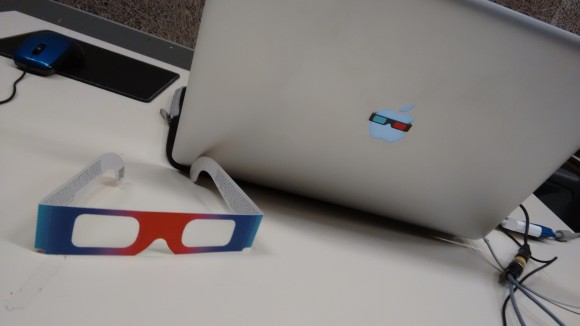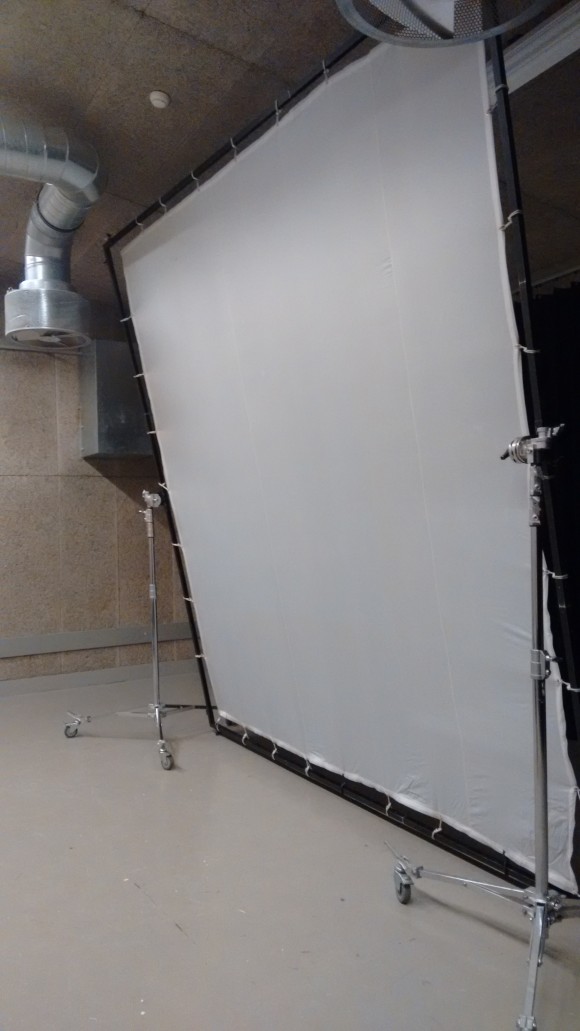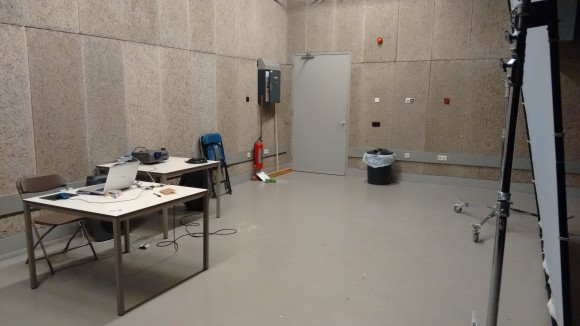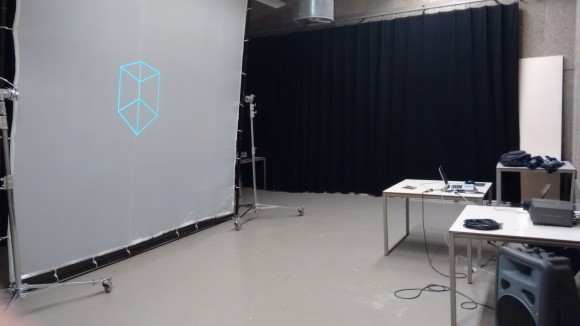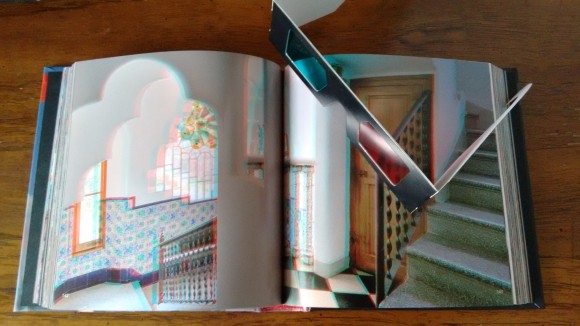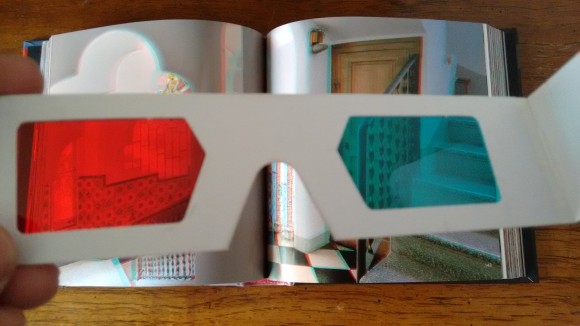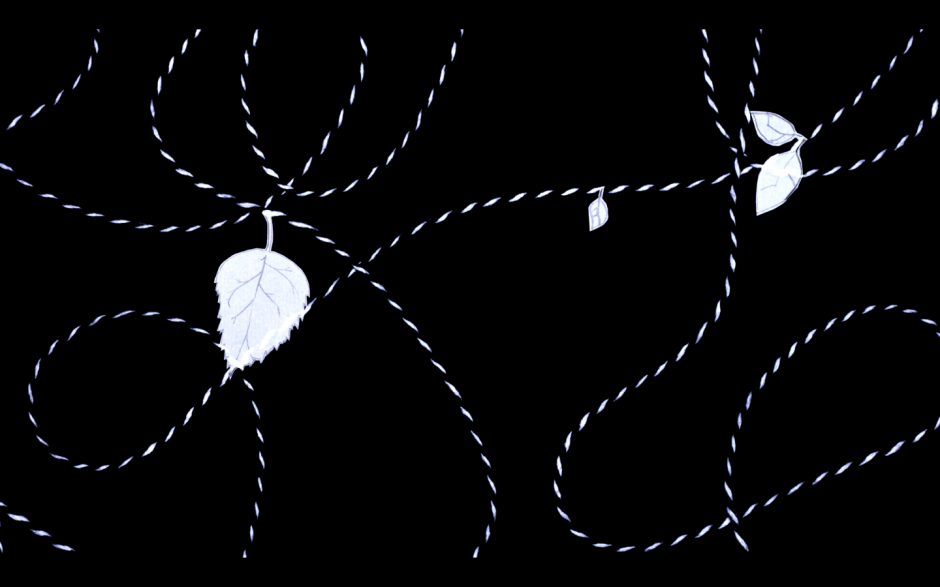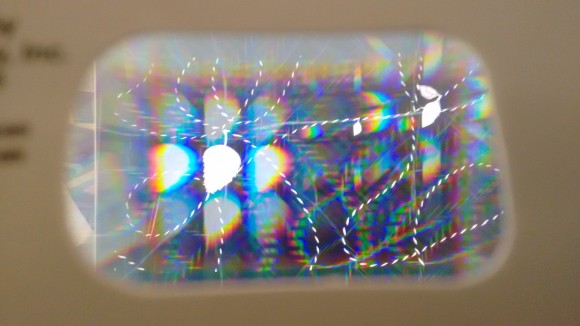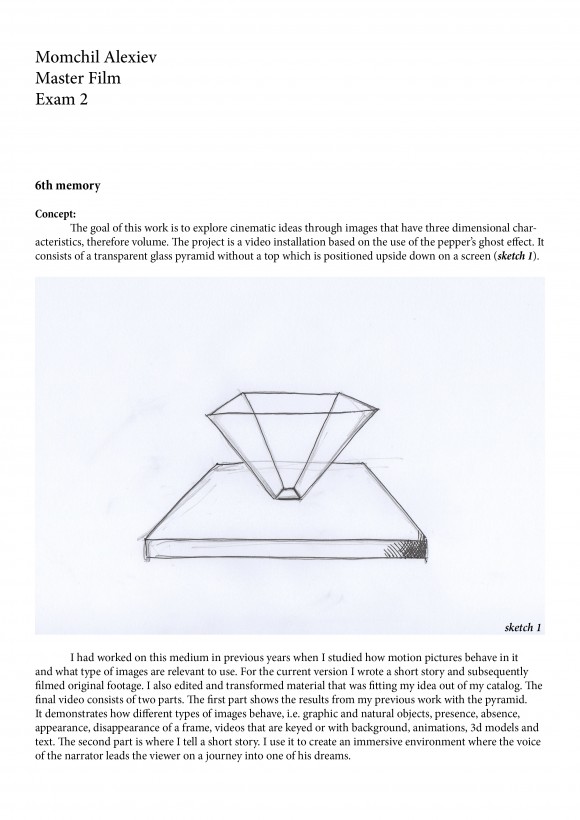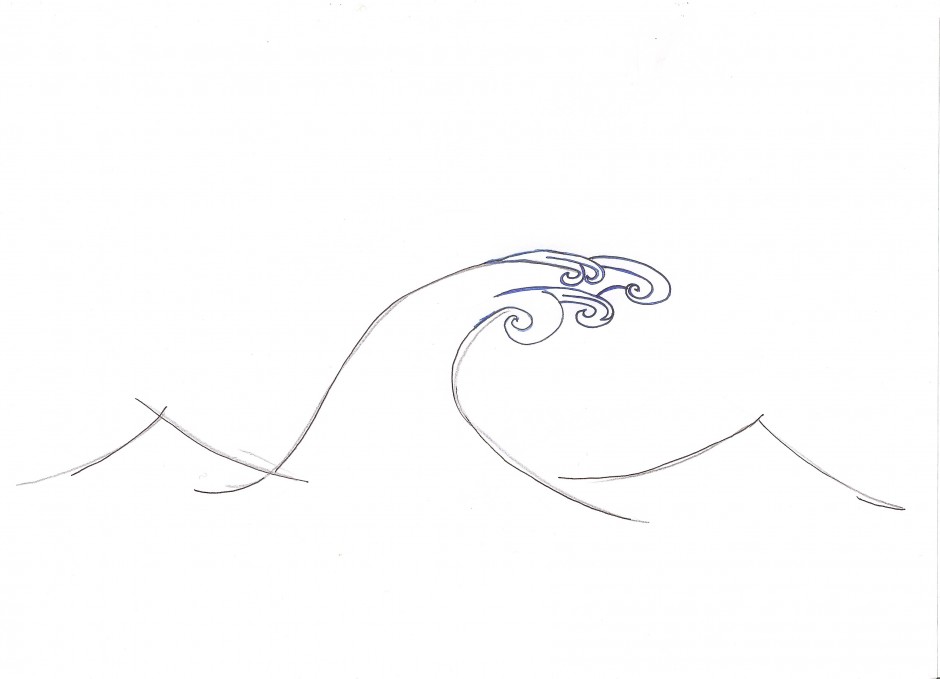One of my recent experiments is an installation film for holographic diffraction glasses. The video can be watched from every corner of the room, from close and far. It is all about movement and how that transforms what we see on the screen.
Travelling in a book.
Diffraction Glasses
My current work is an experiment with Diffraction Glasses
Diffraction Grating on Wikipedia
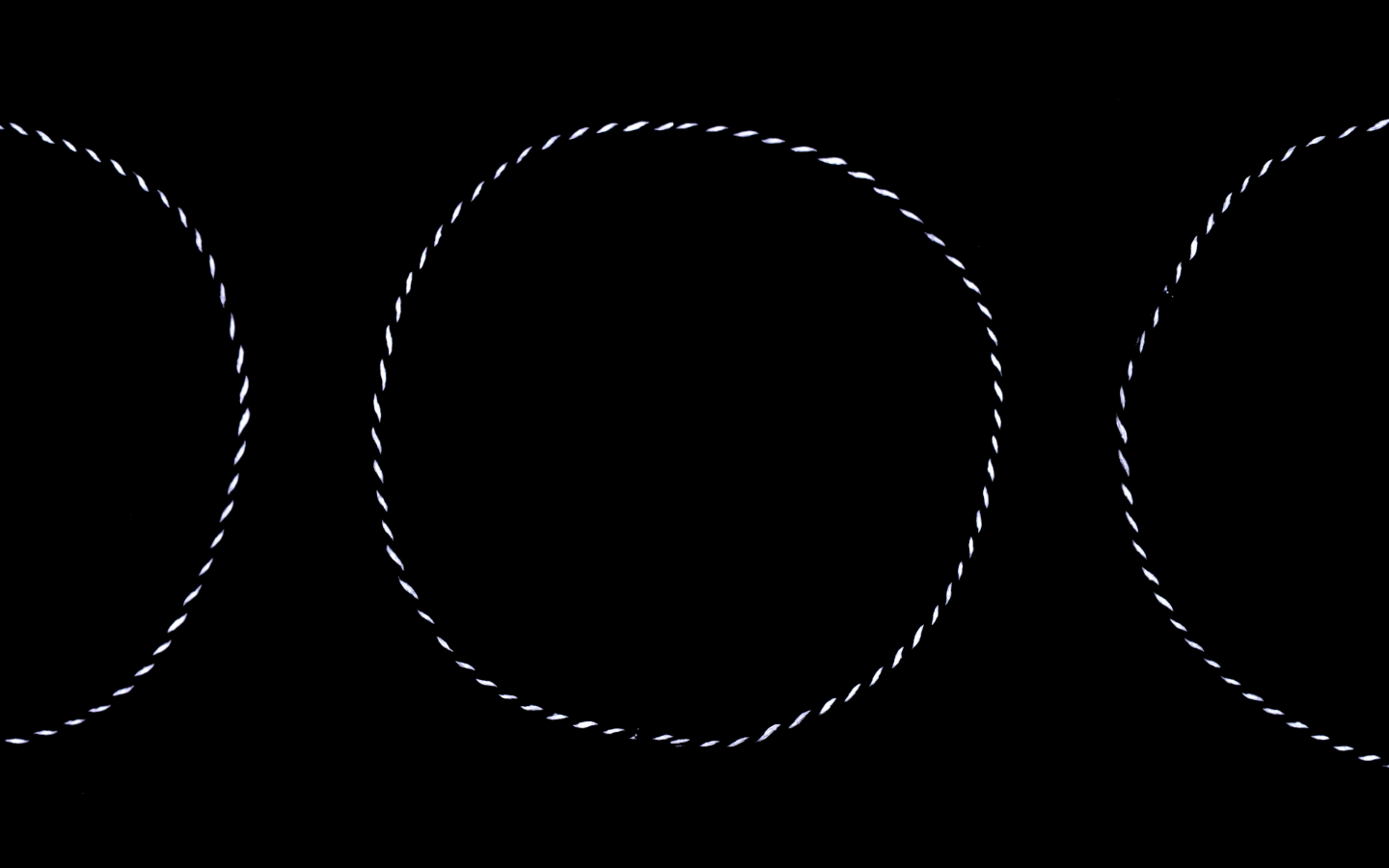
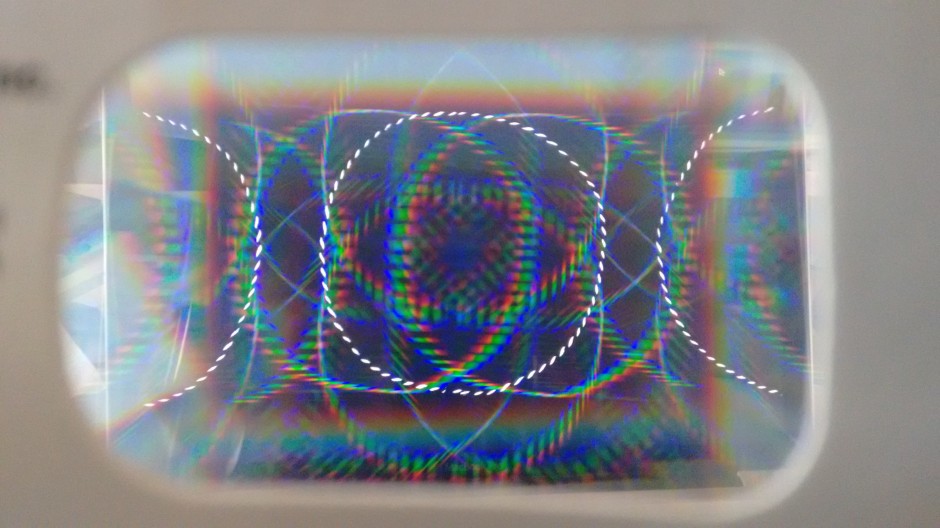 My work here consists of experimenting essentially with darkness and light – or else with space and matter.
My work here consists of experimenting essentially with darkness and light – or else with space and matter.
What is Oculus Rift up to?
Devil’s Tuning Fork
Oculus + Virtuix Omni
Mirror’s Edge
Prewriting for dimensional film
Paintings such as L’Absinthe by Degas inspired me on the notion of exploring the canvas as space.
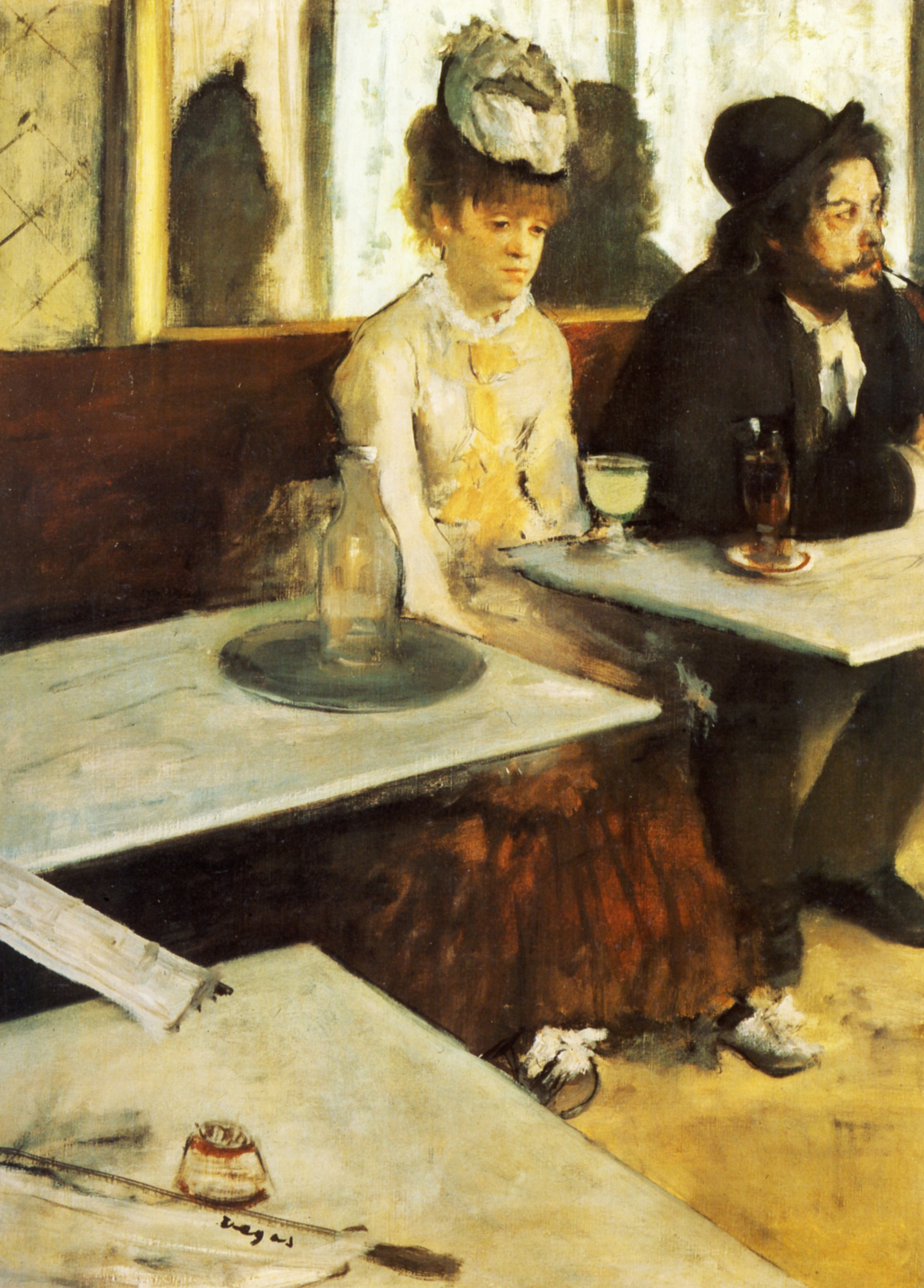
I firstly looked at the glass of Absinthe. Then at the absent look of the woman. Then I realised the tables she and the man are sitting on didn’t have legs., Suddenly the tables surfaces were floating.
In the process of working on scripts and stories for dimensional storytelling I enjoyed developing ambients and constructing places and spaces through text.
Dry wind
In a granite city far away live friendly people, passionate to sing and think and look for answers. A chain of mountains covers their horizon. They have as closest friends the city statues.
The statues are of human size and form, except the one atop the central fountain which has the shape of big and silent fish. The white stone figures decorate the city but also populate it. They often come to life and walk the streets to meet with young and old, to share ideas, laugh and talk.
The only wind that swirls the streets is dry and fast. Statues don’t like it and are always frozen while it lasts. That is also the reason this wind is left without a name. People believe it carries songs from city to city.
The bond between people and statues is of a particular importance to both. The first consider the second as their guides in understanding and loving existence and as protectors from the unknown. The second do not see, hear or feel one another and cannot communicate if not with the help of the first who transmit their messages. This is how ancient stories are never forgotten in this place.
One day a giant volcano in the mountain erupts and its lava splashes down through the streets and houses covering every corner of the stone city. People are caught by surprise and cannot escape. Fast dry wind bursts for two weeks.
When statues wake up and search for their fellow man all they find is frozen figures and silent faces.
Since then they wander the streets and on a windy day one can hear them sing.
Imagine being a spectator in the middle of this square.
Exploring Space
What I like about images in space is the fact that our brain needs more time to explore and understand them. There is literally a little cubic part in the backside of our brain that reconstructs through approximation the dimensions of the space we are in. This is an evolutionary function related to survival, i.e. defining what is the distance between me and a dangerous animal. It involves our peripheral vision in the exploration of the landscape, therefore it takes more time to understand than a flat 2D image. That is why if 3D image editing is fast, i.e. scenes change too rapidly, it will become incomprehensible. I connect this to the speed of learning and exploring, and the type and quality of knowledge that can be transmitted through film. I enjoy editing in the frame, revealing a mis en scene and building up notions through space, therefore the aesthetics of 3D mediums is very suited for people like me, who are also interested in theatre and performances.
exam 2 additional
a sparkle on the surface of an eye
flying right above the surface
prewriting for essay film
Dear Long John Silver,
I learned about the unsuccessful boarding attack on the royal navy transatlantic that you and the captain had organized several months ago and am very displeased to hear that you have lost your right eye in that unfortunate enterprise. It has become obvious to me that in fact many people nowadays share a similar condition and that this reconnects to the main problematics I have been inquiring on in the recent years.
As referenced by you in our previous conversations and the letters you have send me, there is in fact a serious shift occurring nowadays that you would not be able to grasp easily or at least not without the help of a contemporary technique like the one I have in mind.
I would like to start with that recent occurrence you told me about in which you woke up in the middle of the night
from a strange sound and opened your eye trying to ‘see’ something. As you describe it you had in that moment the strange experience of not attributing any verbal or mental interpretation to the visual stimuli but in the same time being aware of it. Also, you say, that feeling of preconscious perceiving of reality lasted quite long, maybe several seconds until your brain stepped out of the hypnosis of your own dream. Continue reading
